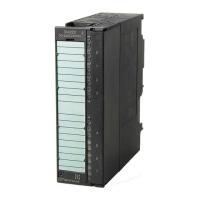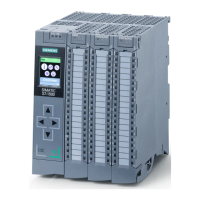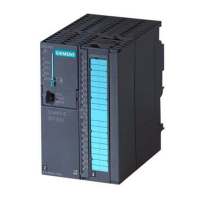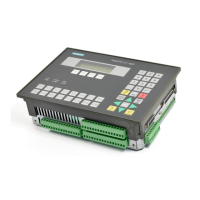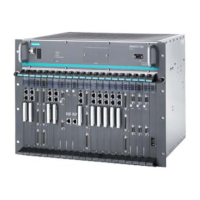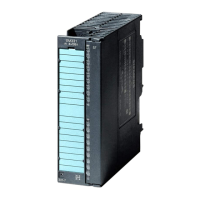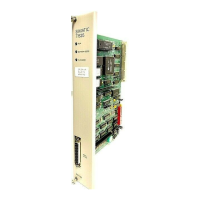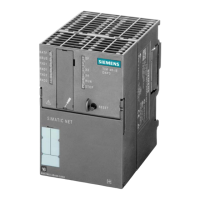Communication Functions
8-17
Automation System S7-400H Fault-tolerant Systems
A5E00068197-07
CPUb
CPUa2
CPUa1
CPa1
CPa2
CPb
OLM/
Bus1
OLM/
Bus2
CPU
a1
CP
a1
OLM
OLM
System bus as opti-
cal two-fiber ring
Redundancy
block diagram
CPU
b
OLM
CP
b
Fault-tolerant
system a
System b
Connection
Figure 8-9 Example of interconnected standard and fault-tolerant systems on a redundant
ring
CPb1
CPb2
Bus 1
Bus 2
Redundancy
block diagram
System b
Fault-tolerant system a System b
Bus 1
Bus 2
CPU
a1
CP
a1
CPU
b1
CP
b2
CP
b1
CPUb1
Fault-tolerant
system a
CPUa2
CPUa1
CPa1
CPa2
Connection
Figure 8-10 Example of interconnected standard and fault-tolerant systems on a redundant
bus system
Response to failure
Two-fiber ring and bus system
Since standard S7 connections are used in this particular instance (the connection
terminates at the CPU of the subsystem, in this instance CPUa1), an error on the
fault-tolerant system – for example, CPUa1 or CPa1 – and an error on system b –
for example, CP b – both result in a complete failure of communication between
the systems involved (refer to Figures 8-9 and 8-10).
There are no differences specific to the bus system’s response to failure.
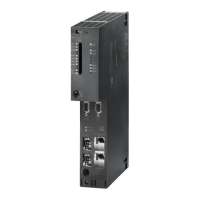
